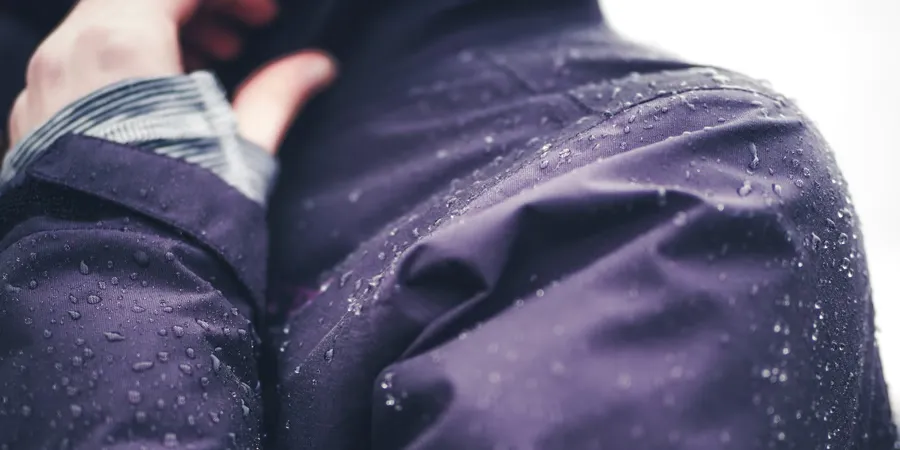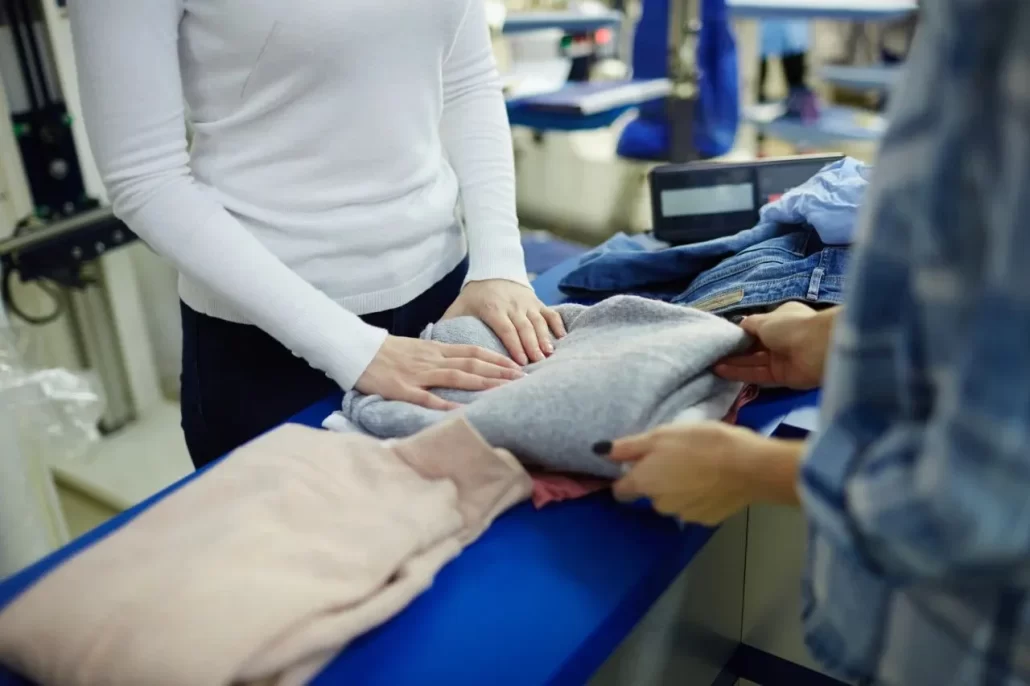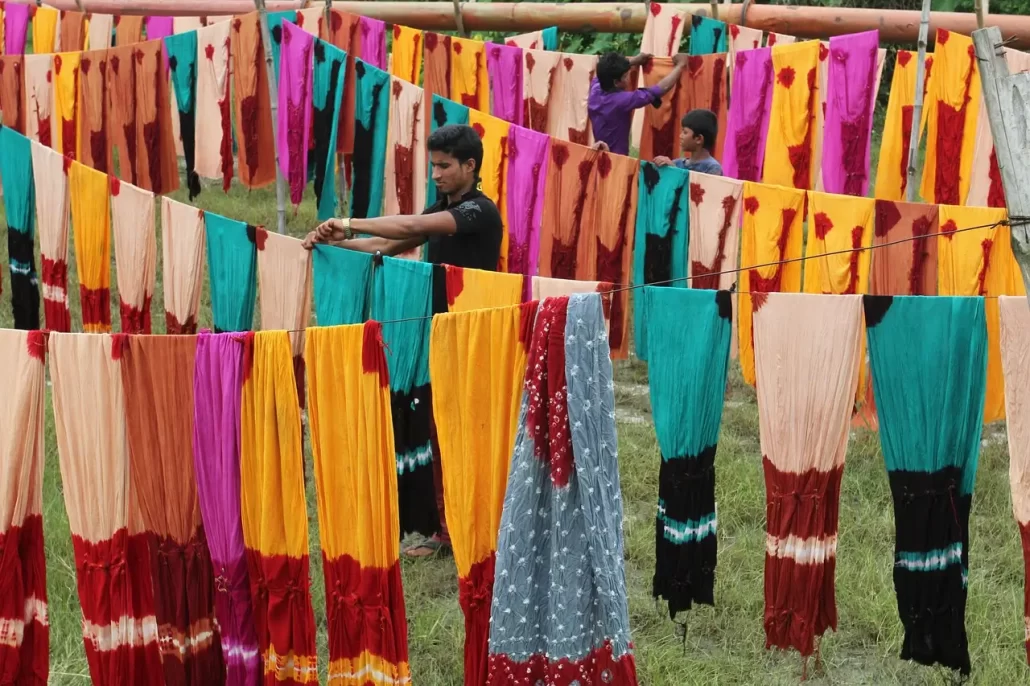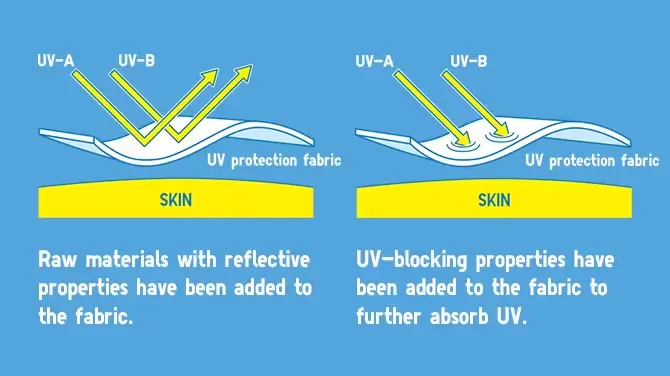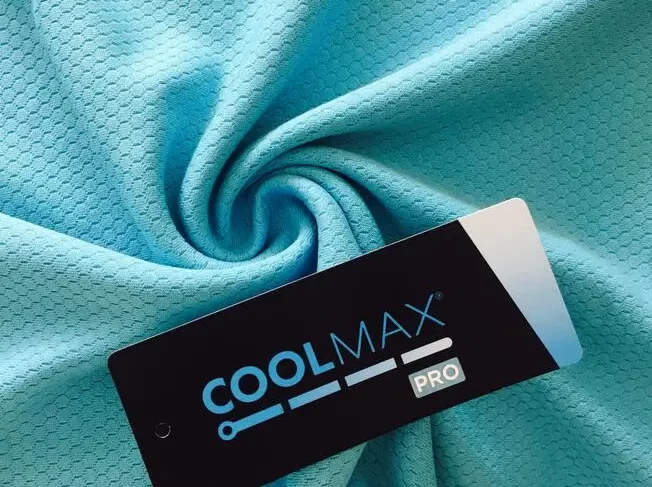Introduction In the world of textile and material testing, bursting tests play a crucial role in determining the durability and performance characteristics of various fabrics and materials. This article delves deep into the bursting test standards, specifically focusing on GB/T7742.1, ISO13938-1, and ASTM D3786/D3786M:2013. We will explore the fundamental aspects such as test principles,…
Category Archives: Textile Testing
The Significance of Fabric Dimensional Change In the textile industry, understanding fabric shrinkage and dimensional change is critical to ensuring the quality and performance of fabrics. Whether it’s the shrinkage of fabric during washing, the effect of dry cleaning on size, or the alterations caused by steaming, these factors significantly influence consumer satisfaction and fabric usability. This…
As the global ‘greenhouse effect’ intensifies, demand for summer garments is rising. People want cool, quick-drying, moisture-absorbent fabrics. There is a need for new, cool fabrics. The exact name of coolness is ‘instantaneous coolness on contact’. Here, “instant coolness” means the fabric is cooler than the skin. It causes rapid heat loss from the skin’s…
INTRODUCTION This article elaborates on the factors influencing the water absorption or waterproofness of fabrics and their testing methods, analyzing three influencing factors: the wettability of the fiber surface, the coating of the fabric, and the environment. People have demands for both waterproofness and water conductivity in fabrics. The wettability of the fiber…
Linen fibre has a ‘natural fibre queen’ reputation. In the early 10th century, linen was a high-grade textile in Europe. It is now a benchmark for expensive foreign decorative fabrics. In China, the modern linen textile industry began in the early 1950s. Recently, the rapid growth of linen textiles created new demands for raw materials….
Introduction In the garments manufacturing process, the fabric material’s quality directly affects the finished garments’ quality. Understanding the standards for a qualified garment begins with fabric inspection, which is a crucial step. This is especially important for outerwear garments like down jackets, where the fabric’s unique properties highlight the significance of textile quality testing. Importance…
Introduction Every autumn and winter, a “warm” war erupts in the textile and clothing market. High-tech brands compete with their cold and warm clothing. They claim to be three times as warm. And they have a self-heating feature and a constant 37℃ temperature. They use super warm materials and “warm black technology.” They say they…
In the textile and apparel industry, color fastness to rubbing is a critical indicator of quality. It not only determines the appearance of the product but also influences consumer satisfaction and the product’s durability. A fabric that performs poorly in a color fastness to rubbing test can lead to a frustrating experience for both manufacturers…
When purchasing garments, we often look at the sun protection index and the ultraviolet (UV) blocking rate of the materials. It’s also essential to understand the UV protection capabilities of our clothing and everyday items, as the effects of UV exposure are closely linked to our health. Let’s explore the following questions together: What is…
Why should I choose ASTM D7984 for Cool Feel Fabrics? They chose ASTM D7984 for Cool Feel fabric testing. It measures a textile’s thermal conductivity and fugacity. This quantifies a fabric’s insulation and conductivity. This method uses a modified transient planar heat source (MTPS) method. A single-sided heat sensor heats the sample surface for 1-3…



